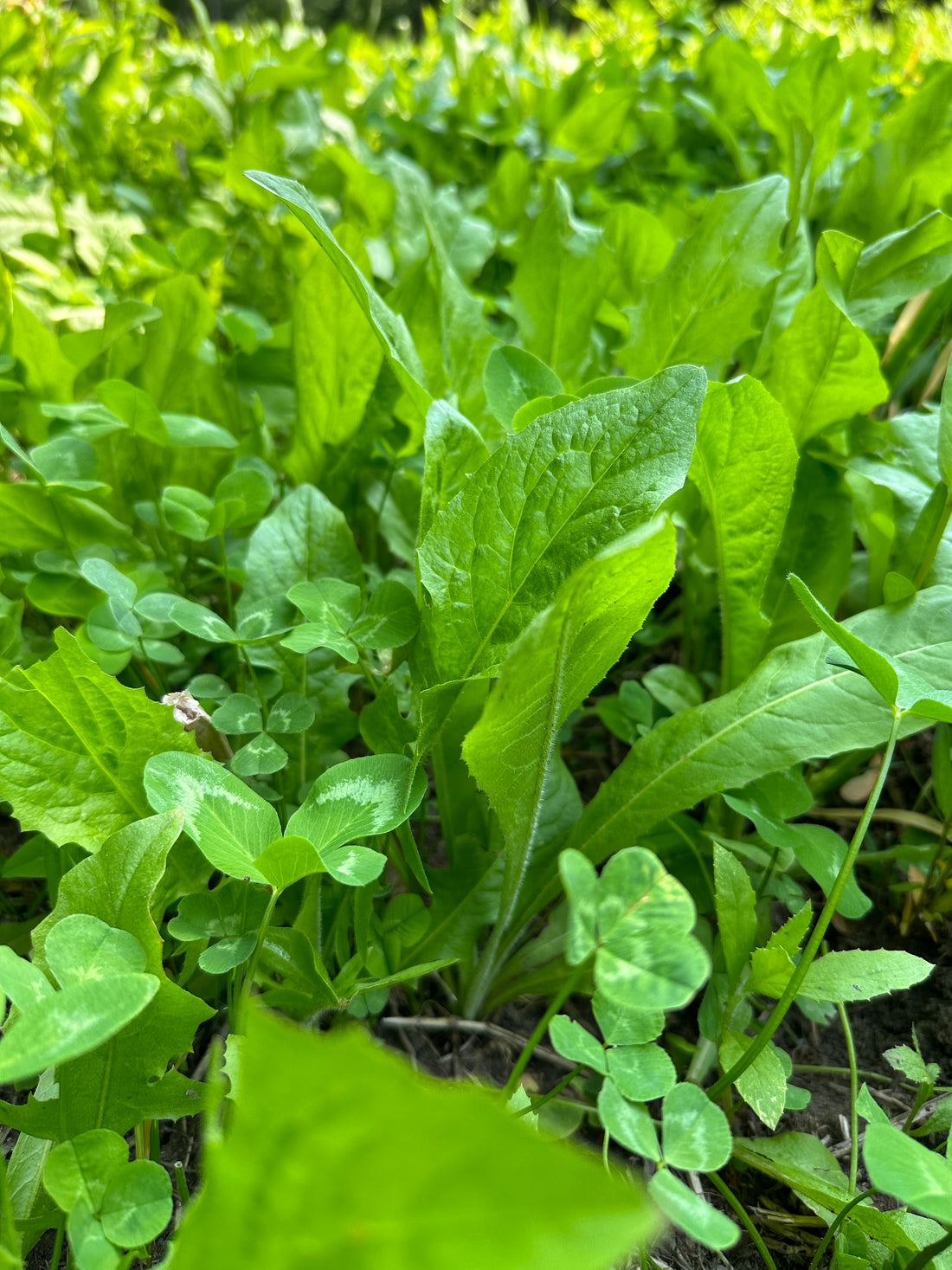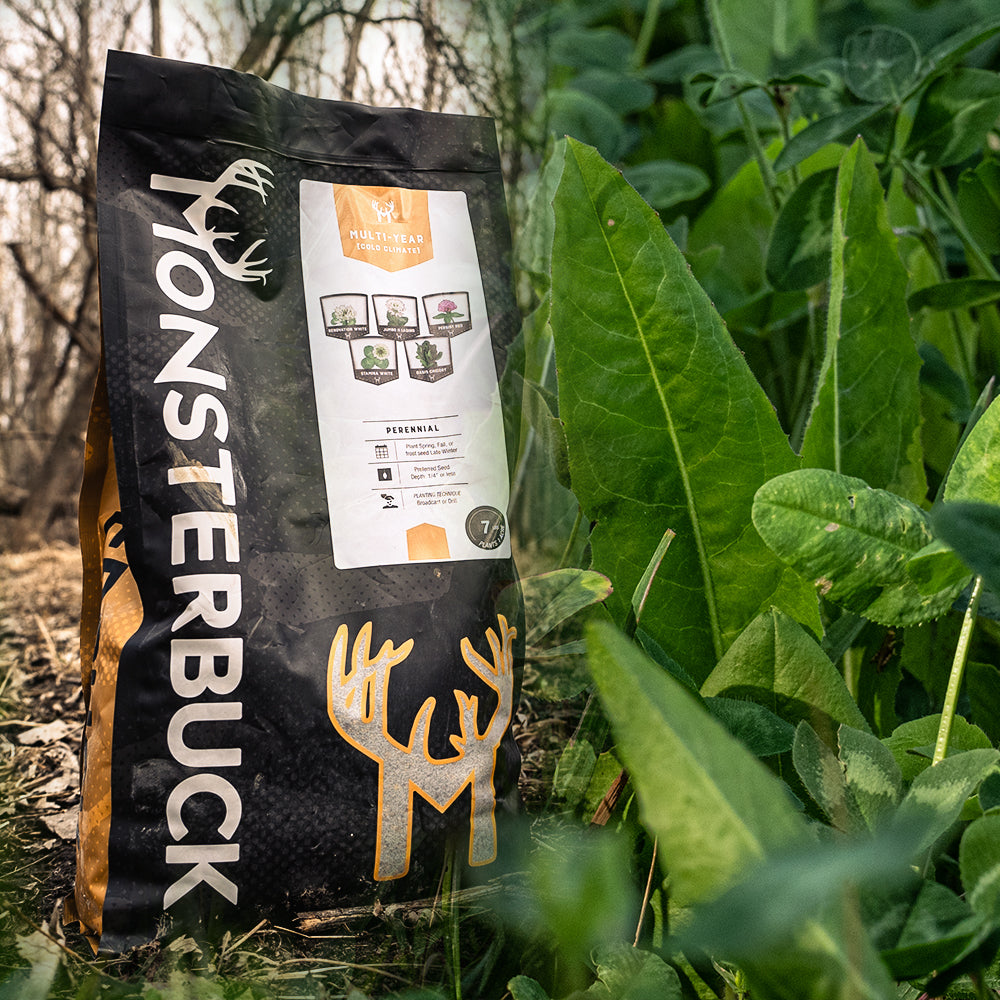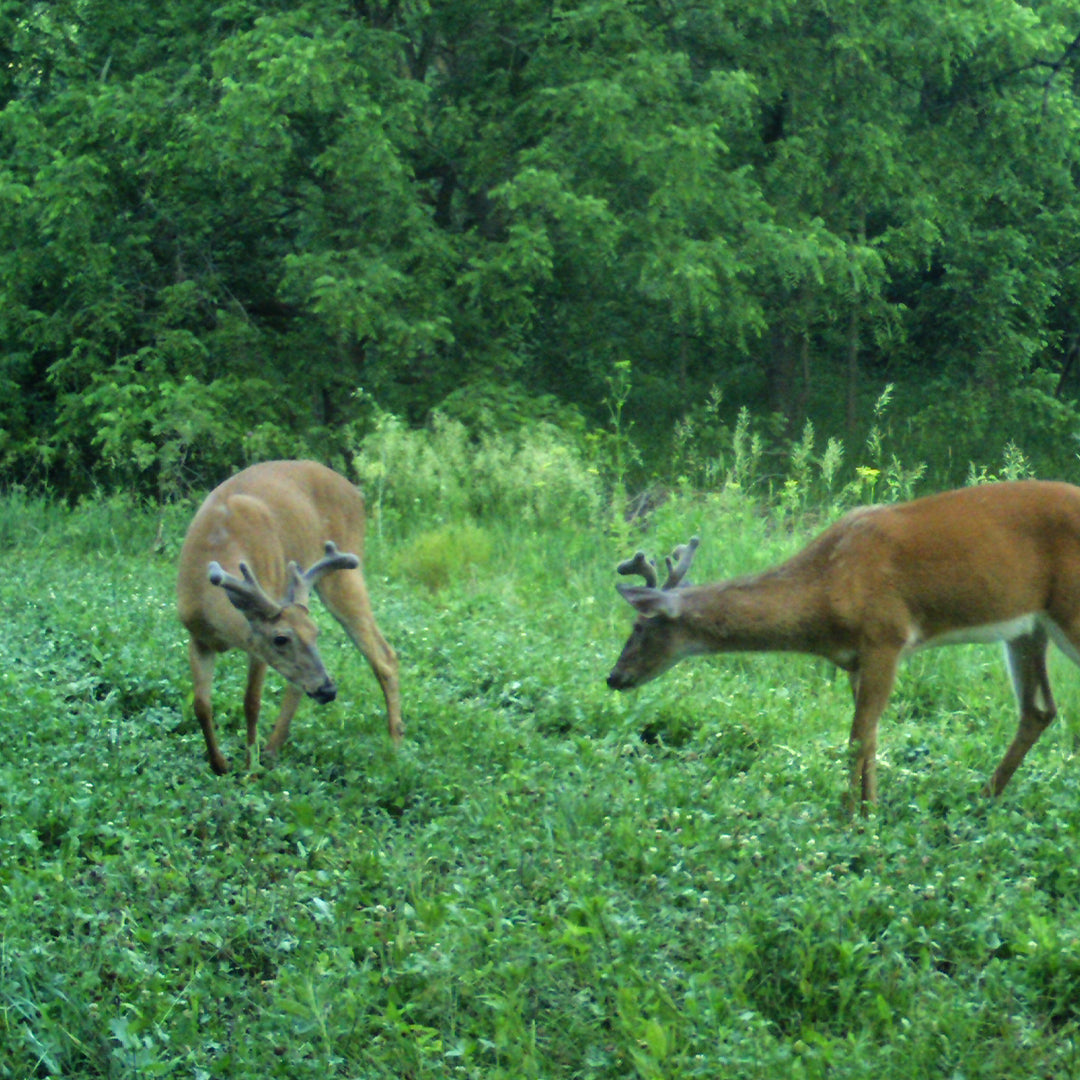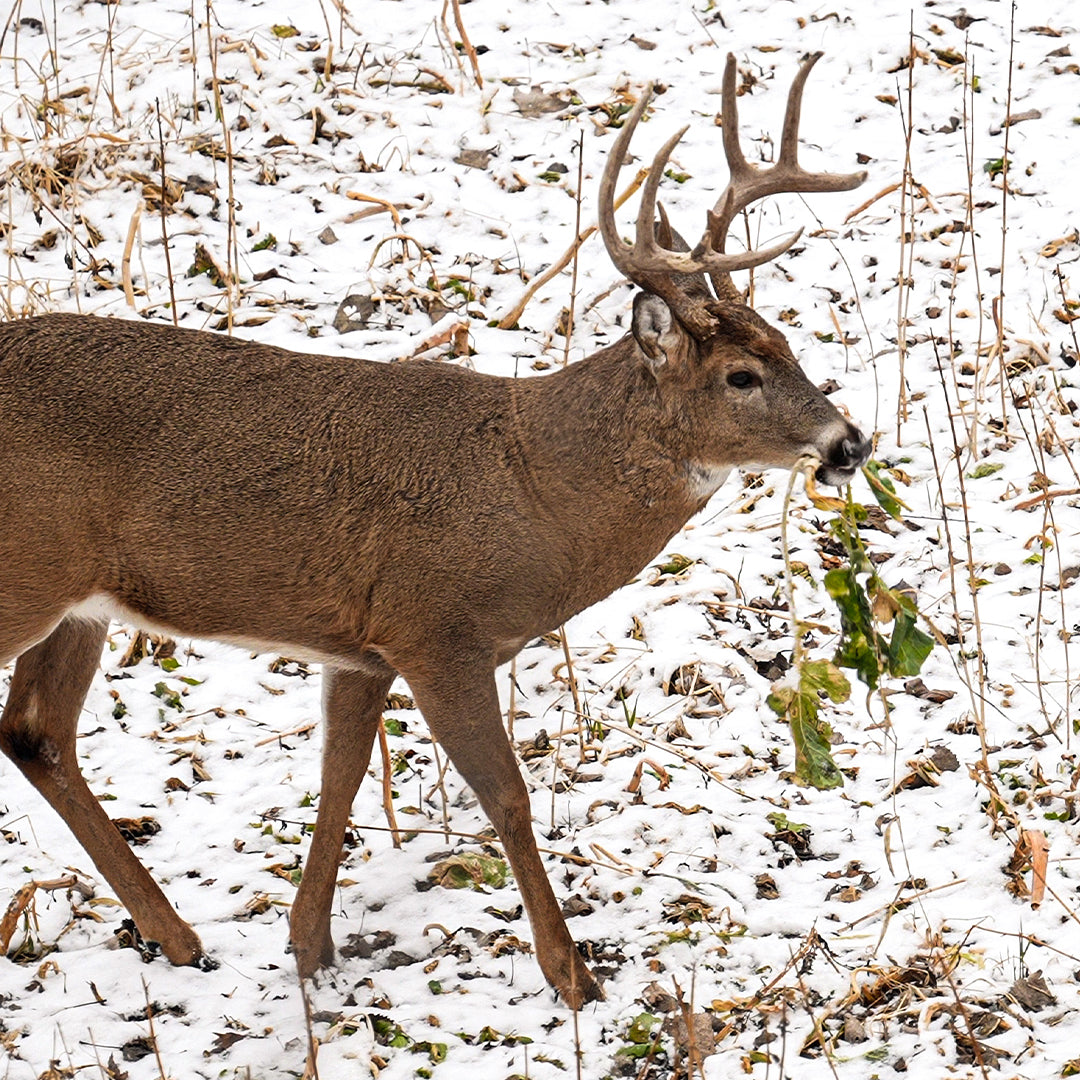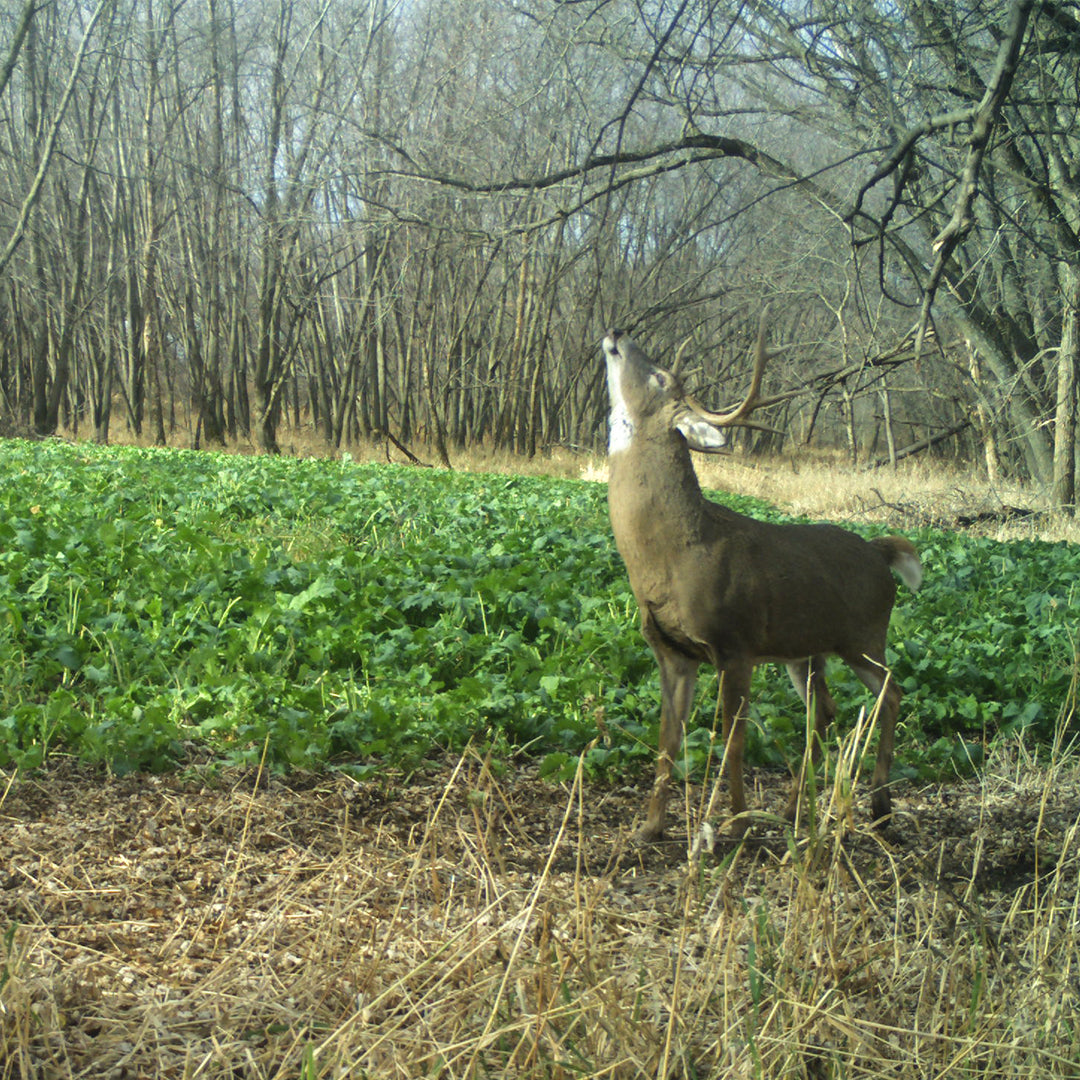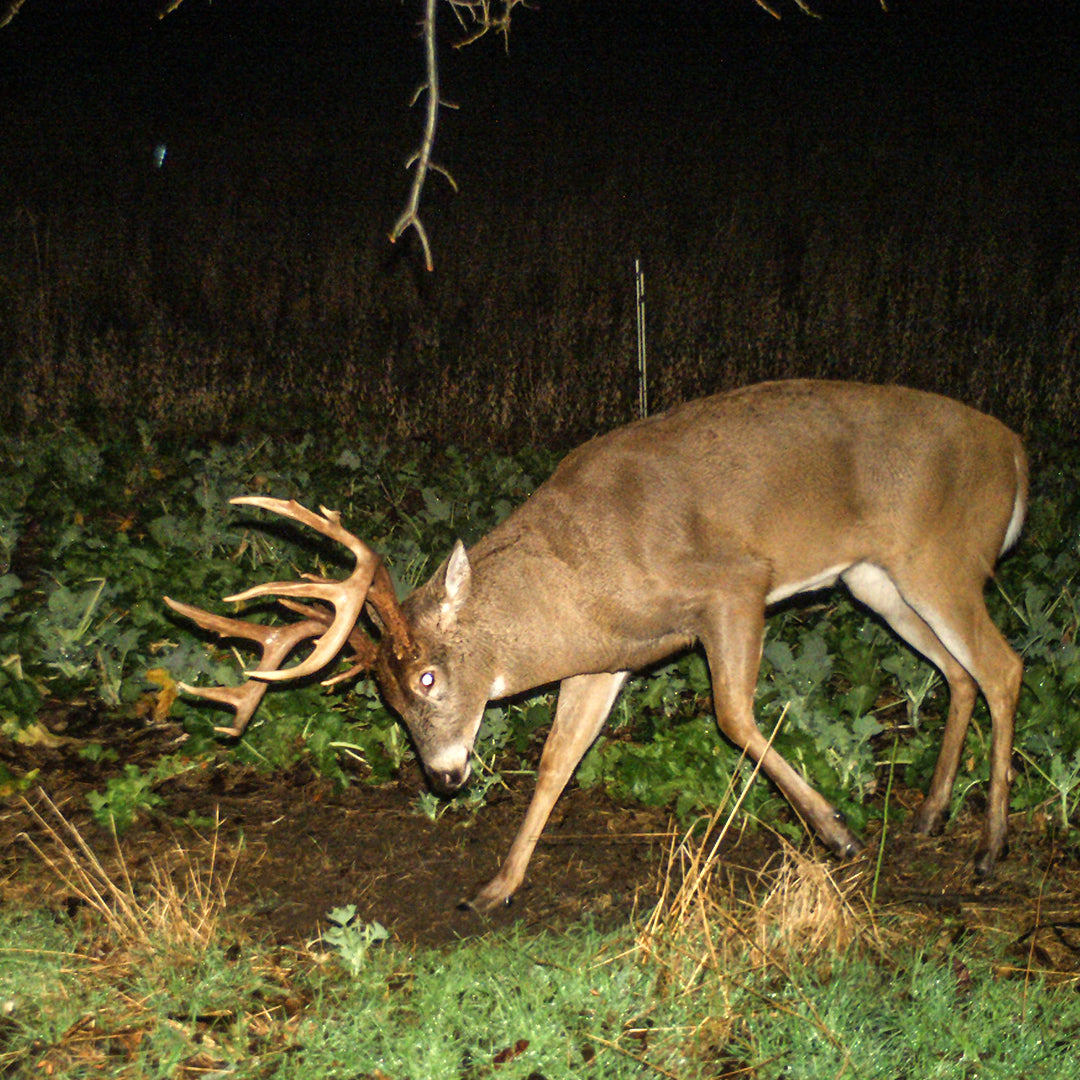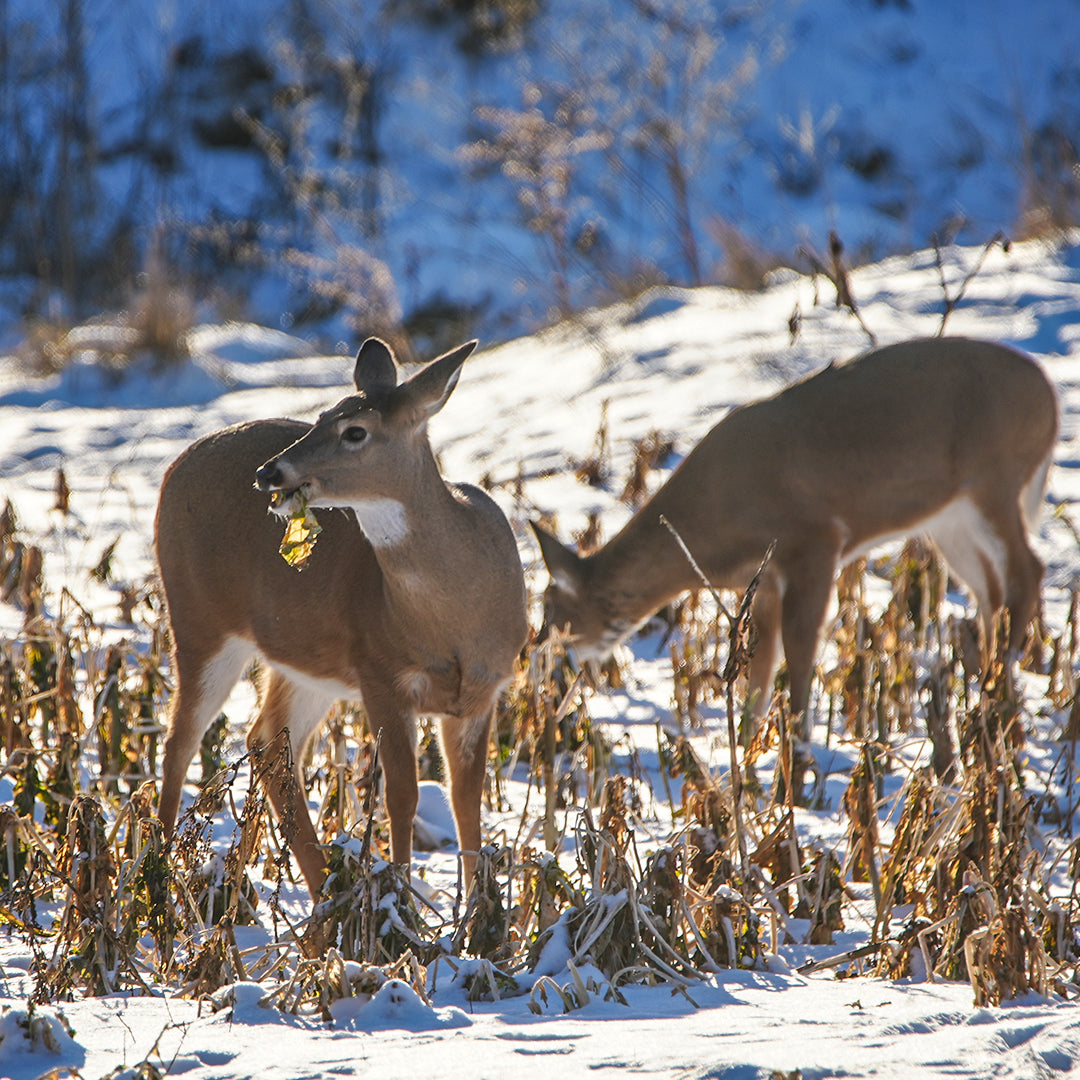
Planting
It's time to actually get some seed out! Once again, the seed doesn’t know how it’s getting there. You're going to have just as great of a food plot with a $20.00 hand cultivator and garden rake as you would with a GPS guided John Deere and giant Great Plains no till drill. When you show up to seed, if there are any new weeds, spot spray if possible with a contact killer like glyphosate.
Double check your bag for recommended seeding depth and planting instructions and follow those, they’re on there for a reason. Now, getting the seed to that depth. Those of you with a drill, you have it made and can just set the depth and rate and go on about the day (and hope you got it right!) They are nice, but it's a lot of machine especially when it comes to a few pounds of seed, and you can't always visually see any problems.
For the broadcast guys, you will need to use a rake or disc and harrow to fluff up the ground first. Doing this generally leaves some teeth marks or grooves for seed to fall into. Check the depth on them. If those are too deep you can add a shim (block of wood) or two to raise the height of the drag and decrease the depth to an ideal one. Broadcast your seed then cover with the smooth side of the drag. If you don’t have a drag to cover, you can use a bushy tree branch to drag and level and cover seeds. Cultipackers are also an option. Even for seed bed prep, it can be beneficial to cultipack first and then broadcast and then cultipack again. Really just depends on the soil conditions at that time. For me, if it’s a little damp, I’m probably not going to cultipack. It just compresses the dirt into a cake patty and when it dries, those little seeds have to have a lot of energy to burst through. Same thing with hard rains and hot temps, your dirt may have crusted up before the seeds make it through. In these cases it can help to go back and drag again.
Broadcasting your seeds. If you walk fast and look worried, you’ll look like you know what you're doing! Start off with a measurement of your plot size. Read the bag and see how much acreage your bag covers. Let's say it’s a 6 pound bag that does 1/2 acre and you have a 1/4 acre plot to do. Now you can use those 10 classes of math from your degree or public education and subtract your 1/4 acre from the half and get 1/4 acre, and you know that since you’ve got only half the amount of acreage, you only need half the pounds in the bag. Ideally it is better to have a small scale to weigh it out, but most guys just eyeball amounts that are somewhat even.
You’ve got the amount figured out now you need find your spreader setting so you don’t fire all your bullets at one time. With some things like oats or winter wheat, you may be able to reference your seeder's settings for a starting point. But for most plot seeds which are mixes, I would advise to take a couple handfuls of seed, and with the spreader on the bag or bucket so you don’t lose any seed, open your spreader gate until the largest seeds will make it through. The next part is the tricky part; learning what speed to walk and crank. I suggest the walk fast and look worried method with constant cranking speed, watching to be sure you're throwing the seed the same distance the entire time. Go up and down the plot in a 12-6 direction, making sure when you turn to come back your next pass is broadcasting almost touching the other edge of the other pattern once you’ve completed your 12-6 passes. Then, go diagonal across in a 2-8 or 4-10 direction. This fills in any edges you didn’t cover and disperses the rest of the seed for an even coverage. Any seed that’s left, hopefully there’s just a little, go back down the center or the part you think will see the most deer action.
Additional info: Seed storage. This can be a highly controversial topic. Yes, of course lab rats have germinated palm trees and seeds from 32,000 year old something primitive squirrel burrows under the Siberian permafrost. I’ve also had chicory seeds that wouldn’t germinate at all after a year because they road around in a truck all year in the hot summer. Notice all the marked down stuff at the end of the year? Companies are unloading the surplus and extra for fresh new stuff the next season. The best situation if you have left over seed is to use it. Over-seed row crops or give it to some one that does. If you want to try and keep until next season, I'd suggest vacuum sealing the bags. Bags should be stored in a cool and dry rodent free location.
Inoculants: Inoculants are living organisms. Among other things they have a shelf life of about 1 year. Best kept when stored in a refrigerator.
If you decide to use old seed, always germ test it first. Count out a certain number of seeds and write that number on a ziplock bag. Next, wet a paper towel and place the seeds in the paper towel inside the ziplock. After a few days or week, count the number that germinated and use your starting number on the bag to see what the germinated rate is now. Say 10 of the 20 germinated, that’s 50% compare to the rates on the bag.

